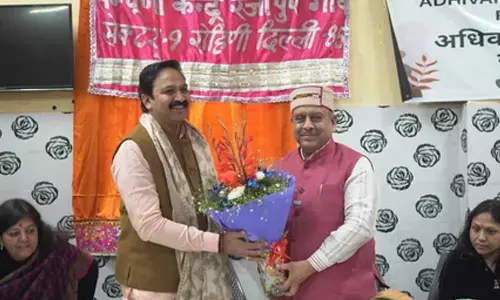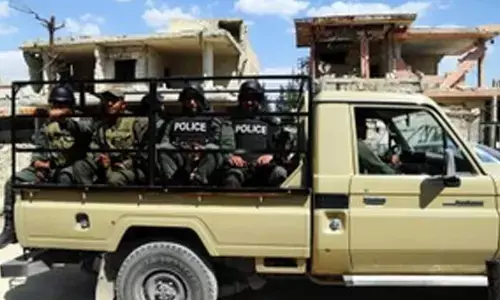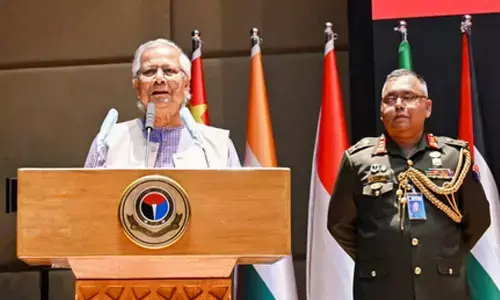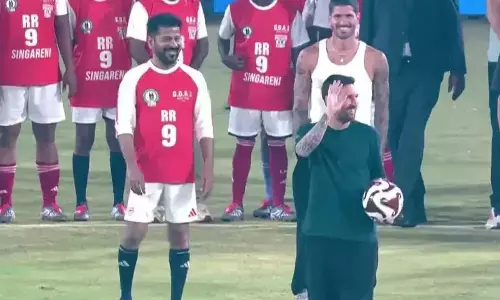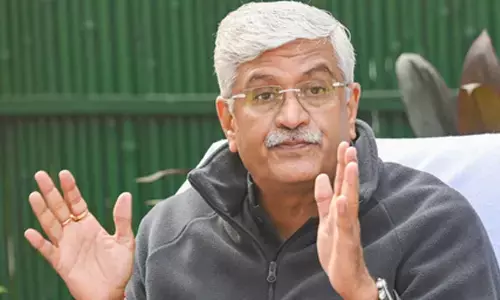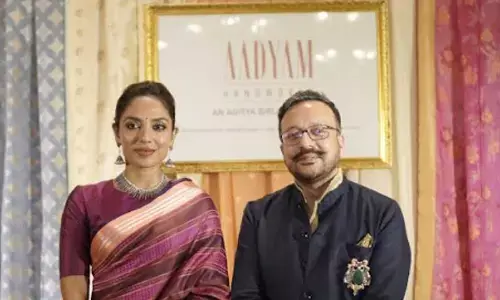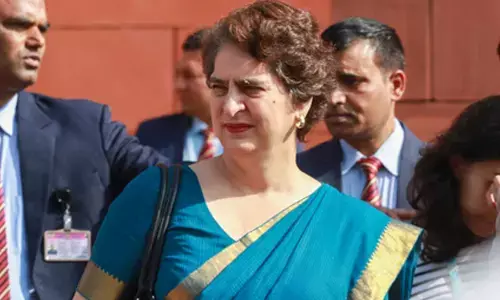144 Section - Warangal, India to Dayton, USA connection

In my childhood, I always visited my grandparents’ house in the summer. While the days went past quickly with all sort of fun games
In my childhood, I always visited my grandparents’ house in the summer. While the days went past quickly with all sort of fun games. When night fell, all I remember was that the kids and adults of different age groups in the area had formed small groups around the temple located at the intersection of the 3 - way road intersection and gossiped and chatted for hours as the night grew longer. Summer heat made lot of people sleep outside and some slept on the roofs and some outside their houses.
I was in my 6th grade and I would hang out with older kids who were a few years older than I who happened to be my cousins’ friends in the area and they have better stories on lots of things. The stories ranged on various topics, some on current topics in the area and some on the future festivals, ghosts, and some hilariously funny stuff. Like any gully in India, we had a lot of games they played and Cricket comes first, marbles next and then Gilli Danda (Chirra Gone). While gossip happened daily, a few times they let younger kids like me join them but sometimes they simply wouldn’t. This one time I had the privilege to join them because of my cousins’ approval. While we were never out of topics to gossip, as the night fell many were called by parents by a loud shout in the street with their name and most kids waited for their parents to call to disperse and some yelled to their parents to wait or to go to bed. While some parents were more relaxed than others, for me it was ok as long as I was with my cousin.
Every night as the night grew older, topics got more interesting and someone would make a comment about "Did you see that?" while others say "No! There is nothing, don't scare us". Then an another story breaks about ghosts about how someone saw this thing at the railway station and the ghost was wearing a white dress but legs were missing. Now everyone's hair is spiking and they tell everyone to stop talking about ghosts. Then as the night got closer to 11 pm, they hear some vehicle approaching and everyone carefully looks for the noise of the engine and some argue it is a police jeep and some say no. Most people disperse and some brave kids stay back. If it happens not to be a jeep, the kids brag about their courage and then wait for the next vehicle and this happens until the real police jeep approaches as they do their rounds in the night. While some adults and parents warn the kids, the police jeep keeps approaching and kids disperse. In no time, everyone has dispersed into their homes.
The next day starts the same way with a lot of street games and then a recap of night gossips and how police hit a few people on the street for gathering in more than groups of four. This brings to attention a special police code called "144 section".
144 Section is applied in some areas and especially in the city I grew up in it was always in effect and it makes a gathering of more than 4 people in the public area unlawful and can be penalized. However, where I went to high school in the capital city, none of my friends knew what 144 section meant.
144 section, in as much as it was in effect to maintain law and order, what it meant for us was a signal that it is past bedtime and for the parents in the area to get the kids back in house so they can lock the house and go to bed.
There are a lot of kids who want to act like adults and make it look like they stay past bed-time to show the other kids they are big and bad. Section 144 also reminds us of the time when some unlucky ones misjudged the noise of the engine of the police jeep that patrolled which got them a slice of the police lathi on the legs and back. One time a policeman hit my uncle who is a doctor in front of our grandparents’ house when the police saw the other friends of his disperse and he had no way to go as he was in front of his house. While this did not sit well with my grandmother, she bashed the policeman with all her street-smart language and skills. The policeman felt ashamed and apologized. We laughed about the incident for years about the don't mess with my grandma remembrance.
144 Section gives the police the ability to disperse groups of 3 or more people from an unlawful assembly. While my childhood stories are like that, recently I found out that the 144 section was an invention of my professor and mentor's dad. I worked for Professor Katy Marre as a graduate assistant while pursuing my MBA and MS, and even after graduating we are still family friends and still stay in contact and throughout my early career and now she has been my mentor. I always knew my professor's dad was a police officer in British raj and afterward. While in a casual conversation talking about IAS and IPS officers, my professor in the USA mentioned her dad was one too and in fact, he was the designer and architect of the 144 section and due to which the overall crime in that time in the State of Baroda was reduced and the stats started getting better. He was recognized for his initiative and awarded a gold medal by the Gaekwad of Baroda for bringing the 144 section in place and reducing overall crime. To date, that law and the section 144 has been keeping neighborhoods safe and keepings kids off trouble.
The roots of the 144 section are the brainchild of the Officer Raj-Ratna E.F. Deboo IPS. We salute you and because of the 144 section many neighborhoods are safe and many neighboring countries to India have also taken a leaf out of the page and modified this section to suit their needs. My personal connection to 144 section from the bylanes of Glorious Warangal City and then to the founder/designer/architect who happened to be Officer E. F. Deboo, father of my professor Dr. Katy Marre.
“Remembering this piece of history is worth digging into the past as we pay the utmost respect to its founder we remember how our actions now define the course of future generations.”
By Avinash Puli


